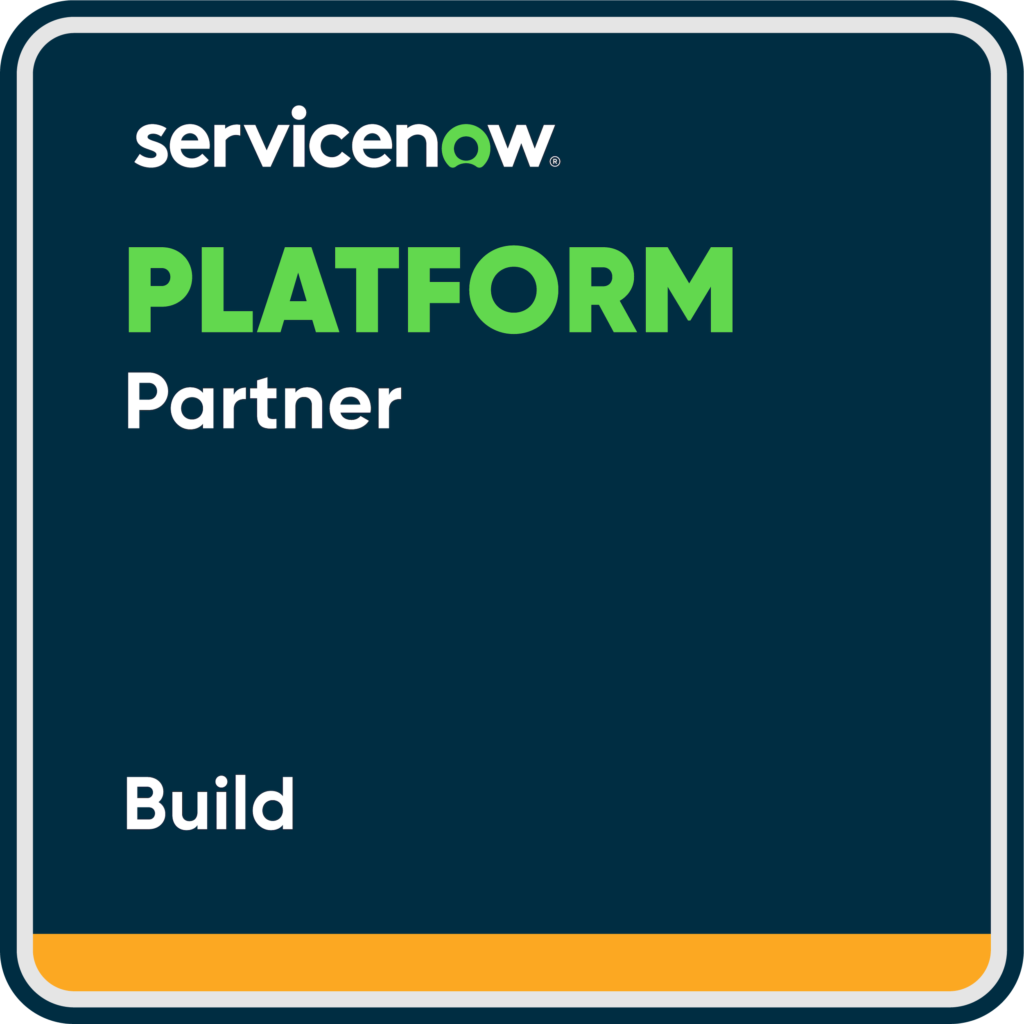Sometimes, the best way to explain a new idea… is to let AI do the talking.
As Stave continues leading the way with Fleet Technology Service Management (FTSM)—a next-gen approach that extends the power of ServiceNow Field Service Management (FSM) into fleet operations—we thought we’d try something new:
🎙️ We asked AI to hold a conversation between two professionals discussing how FTSM is transforming field service.
The result? Surprisingly smart.
Almost unsettlingly insightful.
And definitely worth a listen.
Why We Did It
FTSM is a big idea. It’s not just a feature set—it’s a strategic framework that unifies fleet assets, field technicians, real-time data, and enterprise service workflows.
But instead of another explainer video or whitepaper, we decided to challenge AI to break it down.
We fed it a script concept based on real use cases and capabilities of Stave Fleet Manager on ServiceNow—and let it run with it.
🎧 Listen: The AI-Generated Discussion on Modern FSM + FTSM
Two synthetic voices. One very real conversation about the future of mobile operations.
In just a few minutes, you’ll hear them cover:
✅ How FTSM builds on ServiceNow FSM for more complete field execution
✅ What happens when fleet telematics data lives inside your service workflows
✅ How unified views reduce SLA risk, improve dispatching, and drive proactive service
✅ Why AI + FTSM together unlock predictive routing, automated dispatch, and real-time decision support
It’s a fascinating listen—and maybe a little taste of what real conversations will sound like in the not-so-distant future.
Key Takeaways From the AI Dialogue
Here’s what stood out:
1. FTSM Brings Fleet Context to Field Service
No more toggling between fleet tracking and FSM screens—asset location, status, and diagnostics are embedded in the ticket workflow.
2. Proactive > Reactive
Real-time sensor data can auto-trigger maintenance tasks inside ServiceNow before a breakdown happens, protecting SLAs and avoiding costly delays.
3. Data-Driven Dispatch
Assignments adjust dynamically based on asset condition, technician availability, and service priority—maximizing uptime and customer satisfaction.
4. Unified Service View
Technicians, dispatchers, and service managers operate from a single platform, with shared visibility into people, vehicles, and work orders.
5. AI Is Just Getting Started
The voices may be artificial, but the possibilities are very real—predictive analytics, dynamic resourcing, and intelligent automation are all within reach when you combine FSM + FTSM + AI.
Bringing It Together
This AI experiment was fun, but the conversation it generated is rooted in a very real and urgent shift happening across enterprise field operations.
Whether you’re managing service technicians, mobile equipment, or entire fleets—FTSM is the new operating system for how you deliver service.
👀 Want to see how it works in practice?
Explore Stave Fleet Manager →
The Roadmap to On-Demand Fleet Optimization
-
Assess Your Current Fleet Model
Map out ownership vs. utilization across vehicles, locations, and teams. -
Define MaaS Use Cases
Identify where flexible access can reduce waste—by region, job type, or contract model. -
Centralize Your Data
Use Stave Fleet Manager to unify visibility across owned, leased, and shared vehicles. -
Automate Scheduling and Reporting
Implement alerts, compliance workflows, and maintenance triggers tied to usage or condition data. -
Measure & Optimize
Track KPIs like utilization rate, vehicle-to-employee ratio, and maintenance spend to validate ROI.
Ready to Move from Fleet Ownership to On-Demand Mobility?
Stave Fleet Manager gives you the control, automation, and insight needed to make the MaaS model work at enterprise scale. Whether you’re managing 50 vehicles or 5,000, the future is flexible—and it’s already here.
Explore how Stave Fleet Manager is transforming fleet operations for the modern enterprise.



